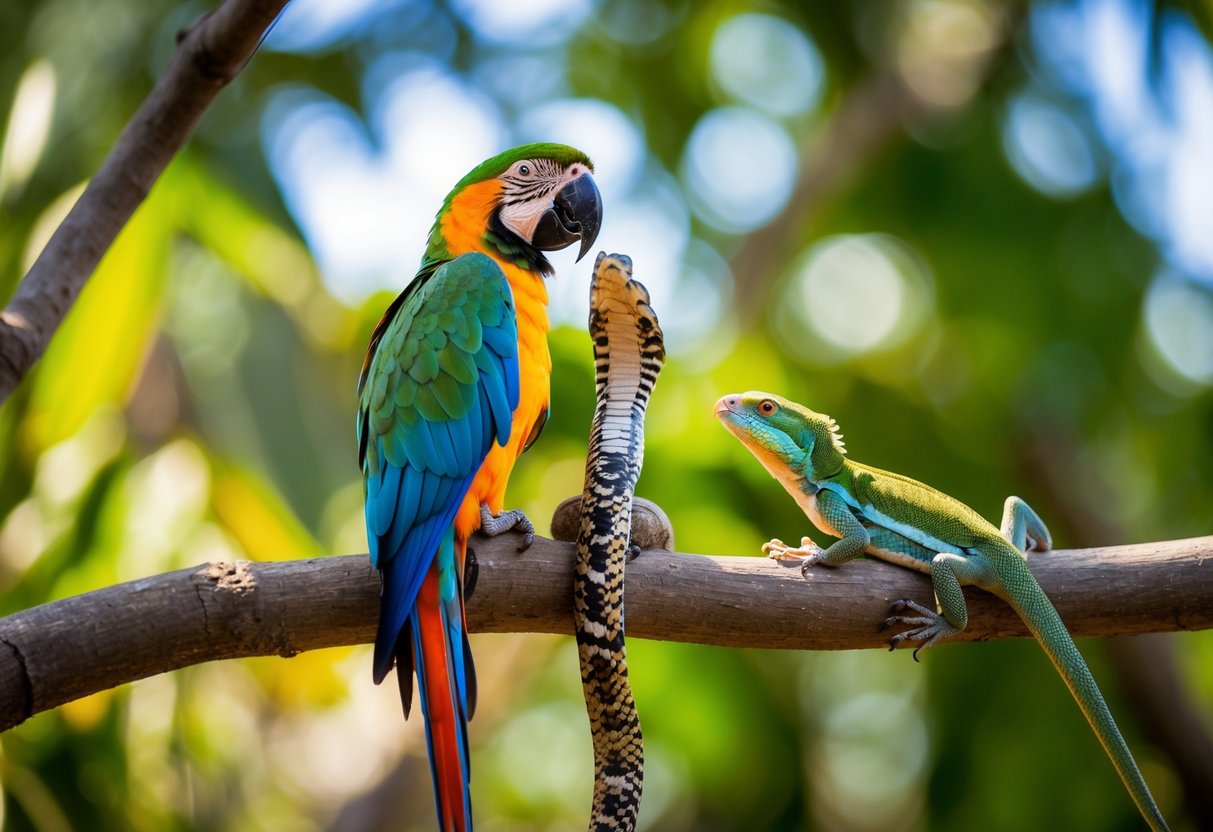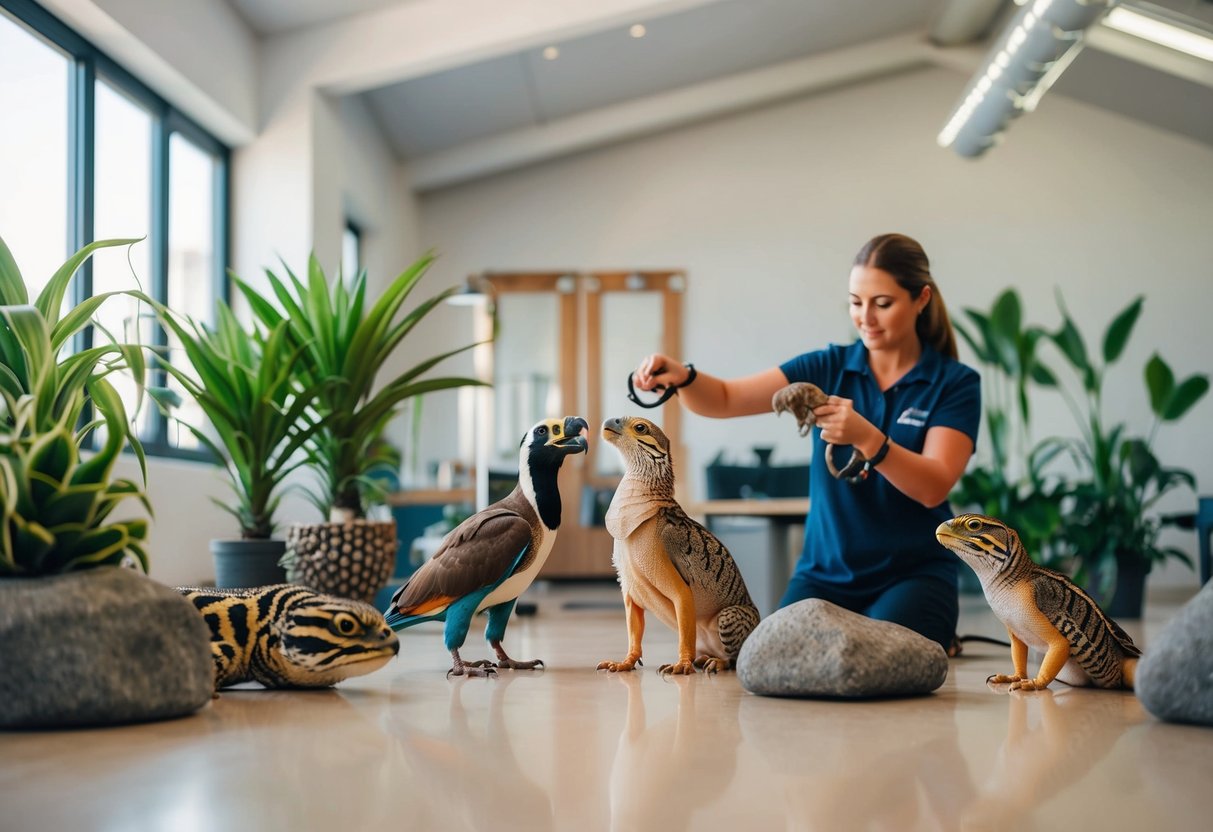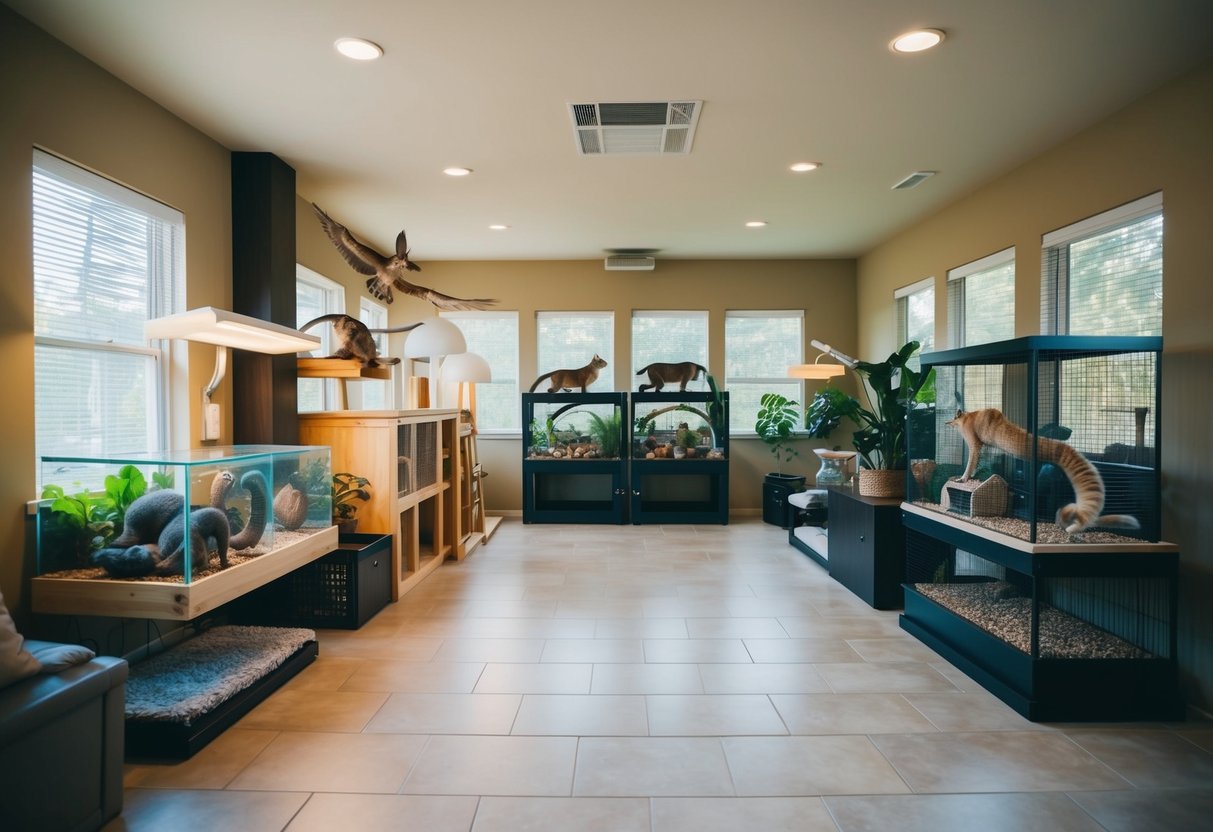
When it comes to exotic pet ownership, the appeal of unique creatures ranges from the vibrant colors of tropical birds to the intriguing designs of reptiles. Each animal brings its own set of needs and challenges, which can make training these pets both a fascinating and informative journey. Training exotic pets can significantly enhance their quality of life and improve the bond between pet and owner.
For those captivated by parrot’s mimicry or a lizard’s agility, understanding their behavior is key. Exotic pet species often require specific training approaches that cater to their natural instincts and environments. By acquiring the right knowledge and techniques, anyone can successfully integrate these extraordinary animals into their lifestyles.
Whether it’s guiding a bird through its first flight or teaching a snake gentle handling, the steps involved are a rewarding experience. Each pet offers distinct opportunities for learning and growth. Embracing these challenges opens up a world of wonder that traditional pets might not offer, setting the stage for lasting relationships with these remarkable animals.
Understanding Exotic Pets

Exotic pets encompass a diverse range of species and require special consideration. The key areas of focus include recognizing the diversity among these animals and understanding the ethics involved in their care.
Diversity of Exotic Pet Species
Exotic pets come in various forms, from birds with vibrant plumage to reptiles with fascinating scales. Each group has its own specific needs. Birds, such as parrots and canaries, require mental stimulation and spacious cages to thrive. Reptiles, like iguanas and snakes, demand controlled environments with precise humidity and temperature.
Amphibians, including frogs and salamanders, often need moisture-rich habitats. Small mammals like sugar gliders and ferrets present unique challenges, including dietary specifications. Invertebrates, such as tarantulas and scorpions, have highly specific environmental needs. A thorough understanding of these species’ physical and psychological requirements is crucial for their well-being.
Ethical Considerations of Keeping Exotic Pets
Owning exotic pets raises significant ethical considerations. Ensuring the capture and trade of these animals follows legal guidelines is essential. Many species face threats in the wild, and unsustainable practices can harm natural populations. Potential owners should research the origin of the pet and choose breeds that are not endangered.
The commitment to providing adequate care for the entire lifespan of these animals cannot be overstated. This includes proper nutrition, enriched environments, and veterinary care. The ethical responsibility also involves recognizing the impact of captivity on these animals, and making informed choices that prioritize their welfare.
Creating a Safe and Suitable Environment

Understanding the unique needs of exotic pets is crucial for their well-being. A proper environment ensures they thrive by meeting specific habitat and safety requirements.
Habitat Requirements
Each exotic pet demands particular habitat conditions that mimic their natural surroundings. Reptiles, for instance, often require terrariums with regulated temperature and humidity to maintain their health. Specific lighting may be necessary to provide UV rays, crucial for some reptiles’ metabolic processes. Birds may need perches, toys, and ample flying space to ensure physical and mental stimulation. Aquatic and semi-aquatic pets necessitate carefully monitored water quality and temperature. Tailoring the habitat to the species is essential, considering factors like space, substrate type, and enrichment activities. Regular assessments help maintain the optimal conditions required for each type of exotic pet.
Secure Enclosures and Safety
Creating secure enclosures is vital to prevent escape and protect pets from potential hazards. Correctly sized cages are crucial; overly large spaces for small pets can be as problematic as cramped areas for larger ones. Choose strong, durable materials that resist wear and are non-toxic to prevent injury or illness. Enclosures should include lock mechanisms or other secure features to prevent accidental escapes. Installing covers or barriers can protect pets from household dangers like other animals or curious children. Situate enclosures in stable and well-ventilated areas, avoiding direct sunlight or drafts, to provide a stable and safe environment. Regular safety checks and maintenance reinforce security, ensuring the well-being of exotic pets.



